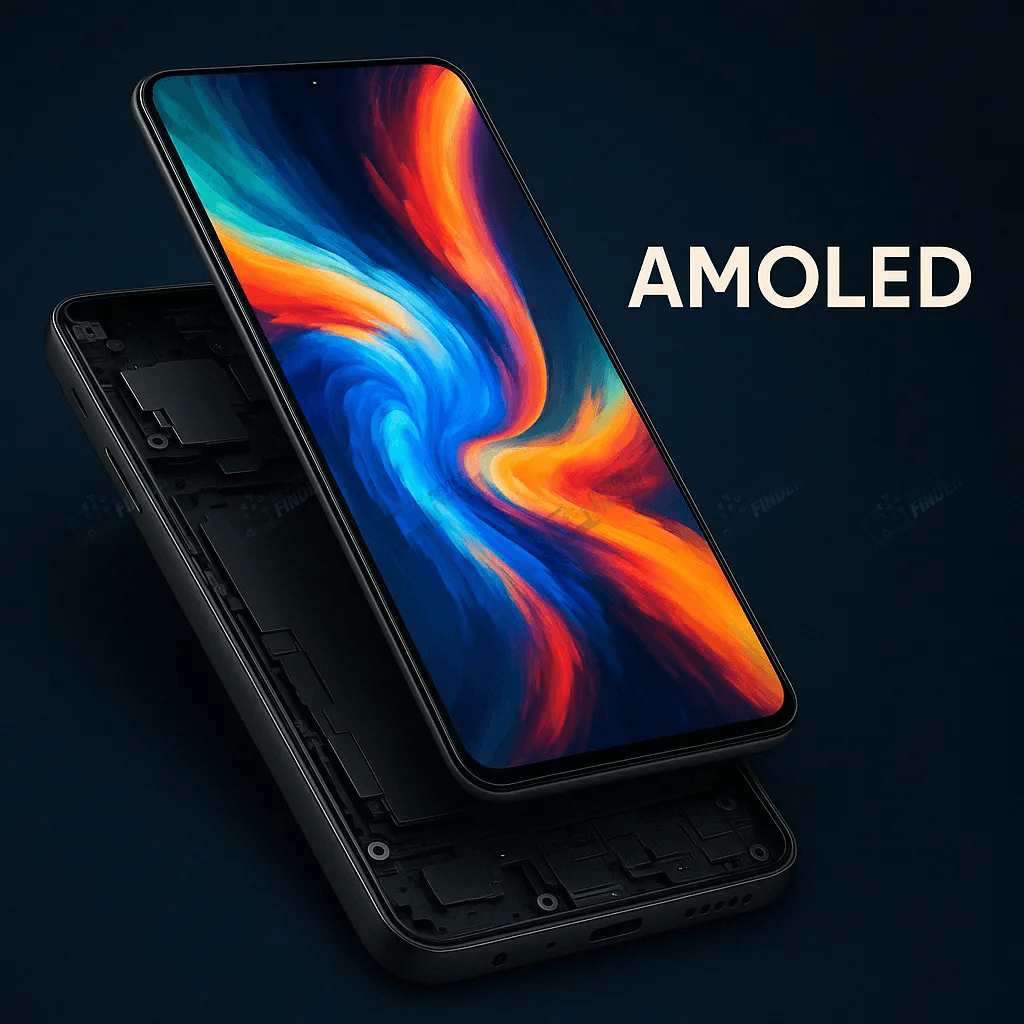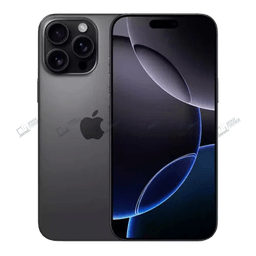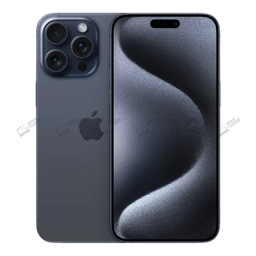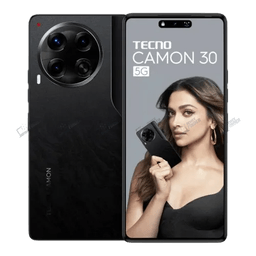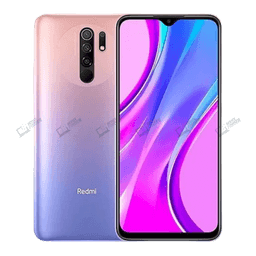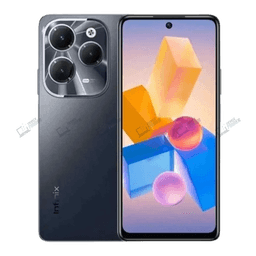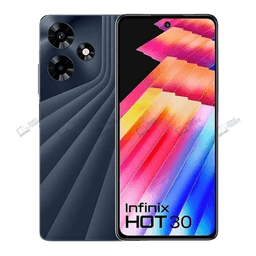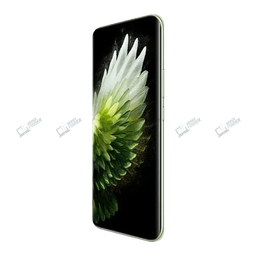Active Matrix Organic Light Emitting diode is the acronym for AMOLED. It has been one of most common screen technologies on modern smartphones. The AMOLED display is found on flagships like the Samsung Galaxy S24 ultra and mid-range devices such as the Redmi Note 13 Pro+. It's known to deliver punchy colors, darker blacks, better energy efficiency, and more vibrant images than older technologies.
Prior to AMOLED becoming mainstream, most smartphones used (Liquid Crystal display) screens. LCDs use a backlight, whereas AMOLED screens light each individual pixel. AMOLED has a great advantage when it comes to sharpness and contrast.
Even in the budget segment, AMOLED smartphones are becoming increasingly popular. Samsung, Oppo, Vivo, Xiaomi, Tecno, Realme now, and realme n ow all offer AMOLED screens for less than BDT 20,000 - BDT 30,000.
The guide explains how AMOLED screens work, what they are, the types of AMOLED, myths about them, which phones will have AMOLED in 2025 and some tips on protecting your screen. Explore whether AMOLED displays are the best choice for your new smartphone in Bangladesh.
